Algeria to establish electrical equipment company in Mozambique
Garimpeiros risk their lives to support their families | Mozambique
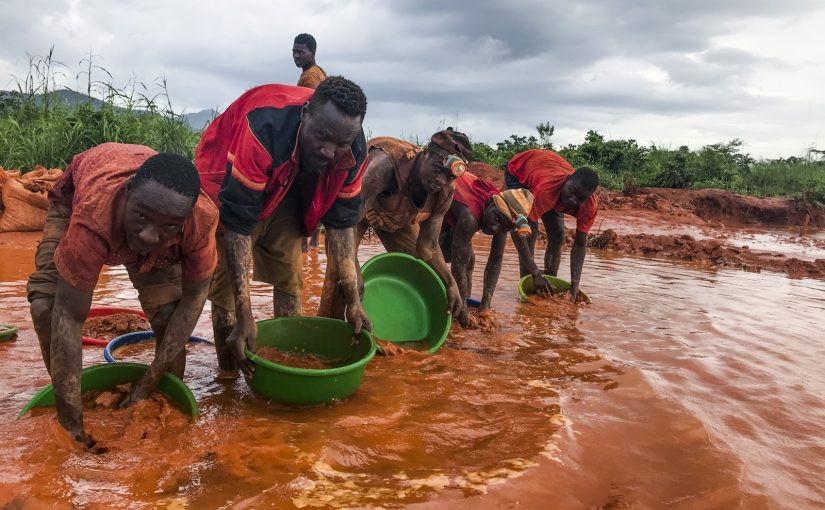
Photo: Lusa
Nelito Luís, 15, was born in Fenda, a village in central Mozambique covered in gold and mired in poverty, the place where his mother moved to to mine gold when she became pregnant with the boy.
Now it is he, the little gold digger, who guides us barefoot along a narrow and slippery path, through the little vegetation that remains of what were once machambas [vegetable gardens], now swept away by artisanal mining, where everything is the colour of clay, both the earth and the people who rummage through it.
Nelito shows the tunnels and trails through which he started to venture, first as a joke when he was 5 years old, in a job that quickly became serious.
“My uncle invited me. He said ‘We’re going to work’. So I started going to help and earn money,” the child relates, who now, like the adult miners, risks his life for a Mozambican El Dorado in which the value of the ore is barely known.
He “was afraid for a long time” to enter the tunnels, because he could not breathe without the aid of plastic bags that he filled before entering.
He has seen several fatal accidents, the most recent a few days ago, but he says that he has cultivated his courage and remains in the business, even when the waters of the Revue River, right there, overwhelm – as now happens, in the middle of the rainy season.
Bélito Paulino, 29, is another garimpeiro from Fenda and, like almost everyone, says that “this is the way to support the family”. “I have nothing else to do, not even a machamba,” he says, so he also must witness the “many sufferings”, accidents of which he lost count, hoping that none will ever strike him.
He follows a simple rule: “Never dig in a place that already has holes. Open elsewhere, not there,” especially during the rainy season.
Travelling 25 kilometres north of Fenda, the scenario is repeated in Mharidza, but with deeper excavations and more people underground, in search of the small golden grains. In this area, the tunnels are up to 60 metres long, and supposedly pose a threat to the security of a neighbouring legal mining concession, among whose tunnels the illegal diggings proliferate.
Mainstream firms have identified artisanal mining as one of the risks to their infrastructure, but for the clay-coloured people, it is those companies that are invading the land of their “art”, says Trama Daniel, a gold miner for seven years.
In January, the collapse of an illegal digging killed two people in the Montepuez Ruby Mining (MRM) concession area in Cabo Delgado, northern Mozambique. The mining company had warned of the dangers of uncontrolled mining, which it maintains claimed at least 25 fatalities in 2020 within its concession area, mostly young men from other countries or from distant villages.
The Mozambican state has sought to bring order to the sector through cooperatives, and some initiatives do show that the scenario may be changing. Eight kilometres north of Fenda, in Munhena, the miners banded together 21 years ago, and today there are almost 200 operating in an area of 200 hectares. “We are organised, we pay taxes, no one can chase us off,” association secretary Noé Bernardo told Lusa.
“As we are now working in groups of 10 people, we are doing 20 to 25 grams a week [per group], but when we were well organised, with the machinery, we would take 800 grams a week,” he relates. The machinery they used between 2006 and 2012 belonged to a South African partner, but he withdrew, complaining about the fees he had to pay, Bernardo explained.
It is not common to see women in mining, but there are some, sledgehammers in hand, breaking the stones where they find the gold. Constância Caruru, 28, left the soft drink and vegetable trade to take up her new job, and says it doesn’t matter if it is harder: it is her only ‘breadwinner’.
The world price of gold rose until 2011, then retreated, maintaining its ups and downs until it started on a new hike from 2019, peaking during the Covid-19 pandemic in 2020 at more than surpassing US$2,000 an ounce (31 grams) – about 10 times what it was worth at the beginning of the century.
With the garimpeiros, the value is measured in another way: before sending money to the families, they buy small parcels of flour, salted dry fish, and “boss”, a low-cost spirit drink. Five cups of flour cost ‘one point’, which corresponds to 300 meticais, with ten points equalling one gram of gold, as measured on small battery-powered electronic scales in the Mharidza market.
In addition to intense mining activity, involving children, the district of Manica is rich in other mineral resources, such as precious stones like as pink and green tourmalines. There is a much activity in gold and bauxite extraction by national and foreign companies.
In the city of Manica there is a market for legal gold, known to the authorities, but many garimpeiros prefer to evade the inspectors’ radar and sell to foreigners who wait for them in rented apartments, where the deal is done on the quiet.
In any case, at the end of the day, they only have a part of what they drag from the broken land at such cost, their goal always to “support the family”, an expression that serves as a common denominator for all the garimpeiros’ reports.


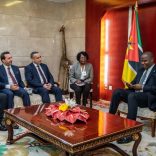



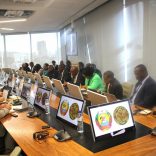


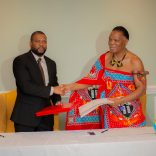
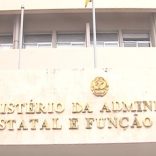
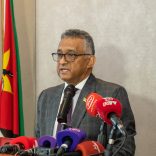

Leave a Reply
Be the First to Comment!
You must be logged in to post a comment.
You must be logged in to post a comment.